CBD oil has quickly become a go-to wellness staple, praised for its natural support in everything from sleep to stress. But have you ever wondered where, exactly, that CBD comes from? Not all parts of the hemp plant are created equal, and when it comes to making high-quality CBD oil, the source matters.
In this article, we’ll break down which parts of the hemp plant are used to produce CBD oil, why some are better than others, and how this affects the quality of the final product. Whether you're new to CBD or just looking to be a more informed customer, this quick guide will give you a deeper look at what’s really inside your bottle.
The Main Source: Hemp Flowers

When it comes to extracting CBD, the flower of the hemp plant is the star of the show. Also known as the “bud,” this part of the plant contains the highest concentration of cannabinoids, including CBD, as well as aromatic compounds called terpenes that contribute to the entourage effect.
These powerful compounds are found in tiny, crystal-like structures on the surface of the flower called trichomes. Trichomes are essentially the plant’s chemical factories, responsible for producing not just CBD, but also other cannabinoids like CBG, CBN, and trace amounts of THC (in full spectrum extracts).
Because of their rich cannabinoid content, hemp flowers are the primary source used in most premium CBD oils. At Joy Organics, we use premium hemp flower grown in Colorado, Kentucky, and Oregon that’s naturally high in CBD to ensure every product starts with the highest-quality plant material.
Secondary Source: Hemp Leaves

While hemp flowers are the primary source of CBD, the plant’s leaves also contain small amounts of cannabinoids, just not as much. Leaves are sometimes included in the extraction process, especially when a full spectrum or broad spectrum extract is the goal.
Including the leaves allows extractors to capture more of the plant’s natural diversity. In addition to trace cannabinoids, hemp leaves also contain beneficial plant compounds like flavonoids and chlorophyll. These elements can contribute to the overall wellness benefits of the oil, especially when working in harmony with the cannabinoids and terpenes from the flower.
That said, because the CBD concentration in leaves is much lower than in the flower, they’re typically considered a supporting ingredient, not the star.
Minimal Use: Hemp Stalks and Stems
The stalks and stems of the hemp plant might sound like they’d contribute to CBD oil, but in reality, they contain very little cannabinoid content. These fibrous parts of the plant are primarily used for industrial purposes (think rope, textiles, paper, and building materials) not for extracting CBD.
While some products may advertise “whole-plant” formulations, it’s important to understand that including stalks or stems doesn’t necessarily enhance the CBD content. In fact, their contribution to the final extract is minimal at best.
When it comes to high-quality CBD oil, the stalks and stems are usually left out of the equation, and for good reason. They're simply not efficient sources of cannabinoids.
What About Seeds?

This is where things can get a little confusing. Hemp seeds are often associated with CBD, but here’s the truth: hemp seeds contain no cannabinoids. That means no CBD, no THC—just a rich source of nutrients like omega fatty acids, protein, and vitamins.
Hemp seed oil is made by cold-pressing the seeds and is commonly used in cooking, skincare, and nutritional supplements. It has its own wellness benefits, but it’s not the same as CBD oil, and it won’t offer the same effects.
Unfortunately, some products use this confusion to their advantage, marketing hemp seed oil as if it contains CBD, especially on Amazon, where CBD cannot be sold. Always check labels carefully to see whether a product contains hemp extract, CBD, or just hemp seed oil, because they’re not interchangeable.
Full Spectrum, Broad Spectrum & Isolate: Why It Matters
The part of the hemp plant used isn’t the only thing that determines CBD oil quality; how it’s extracted and what type of extract it is also make a big difference.
-
Full-spectrum CBD oil includes a wide range of plant compounds, including cannabinoids (like CBD, CBG, and trace THC), terpenes, and flavonoids. This type of extract is typically made using both the flower and some leaves, allowing for a more complete plant profile and the potential benefits of the entourage effect.
-
Broad-spectrum CBD oil is similar but has the THC removed. It still often includes compounds from both flower and leaf to preserve the synergistic benefits.
-
CBD isolate is the most refined form—just pure CBD with everything else removed. Because of its purity, it’s usually extracted exclusively from high-CBD hemp flowers, and doesn’t offer the same range of supporting compounds as full or broad spectrum extracts.
In the end, both the part of the plant and the extraction process affect the final product’s quality, potency, and effectiveness. That’s why it’s so important to choose products from brands that are transparent about their sourcing and methods.
The Importance of Sourcing and Lab Testing
When it comes to CBD, transparency is everything. Reputable brands don’t just tell you how much CBD is in a product; they also share where it comes from, how it’s extracted, and what parts of the hemp plant are used.
Look for products that include third-party lab testing and QR codes right on the label. These reports confirm the cannabinoid content and verify that the product is free from harmful contaminants like pesticides, heavy metals, and residual solvents.
This kind of transparency also helps you avoid low-quality products, especially those made from stalks with minimal CBD or oils misleadingly labeled as “CBD” when they’re really just hemp seed oil. If a brand doesn’t clearly disclose what’s in their product or provide lab results, that’s a red flag.
At Joy Organics, every product we make is backed by rigorous testing and full traceability—because you deserve to know exactly what you’re putting in your body.
Final Thoughts
When it comes to making high-quality CBD oil, hemp flowers are the real powerhouse; they’re where you’ll find the highest concentration of CBD and other beneficial plant compounds. Leaves can offer additional support, but their CBD content is much lower. As for stalks and seeds, they bring little to no cannabinoid value and are best left for industrial or nutritional use, not your wellness routine.
The key takeaway? Always check labels, sourcing details, and lab results. Knowing what parts of the plant are used—and how the product is tested—can help you make confident, informed decisions and avoid misleading marketing.
At Joy Organics, we’re proud to use only the best parts of the hemp plant and back every product with complete transparency. Because what’s inside your bottle should always bring you peace of mind.
At Joy Organics, we’re proud to use only the best parts of the hemp plant and back every product with complete transparency, because what’s inside your bottle should always bring you peace of mind. Explore Our Process to learn about our six-step system, from USDA-certified organic hemp cultivation and flower-only extraction to rigorous purification, formulation in FDA-registered facilities, and comprehensive third-party testing with accessible QR-coded reports. It’s the clear, methodical standard behind every bottle—crafted for premium purity and your confidence.




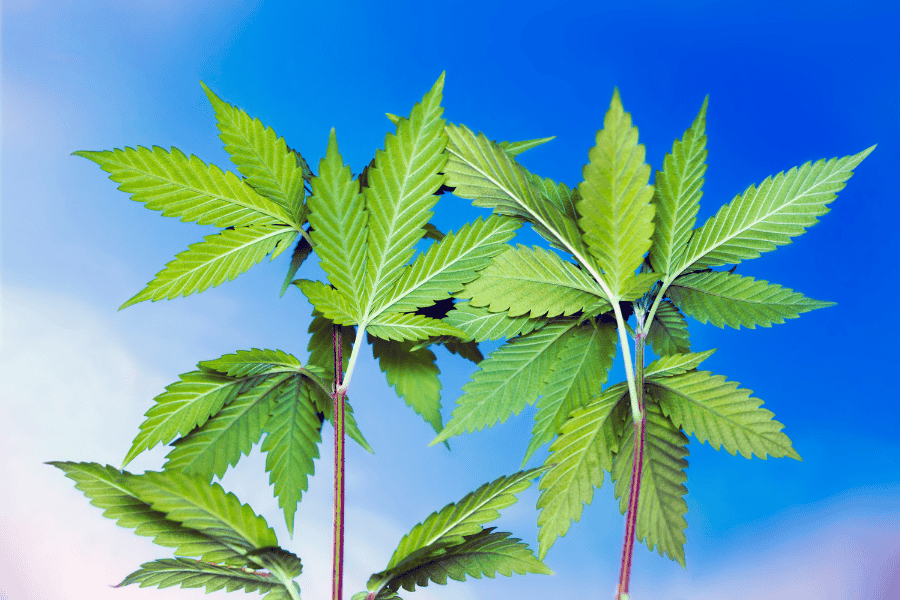

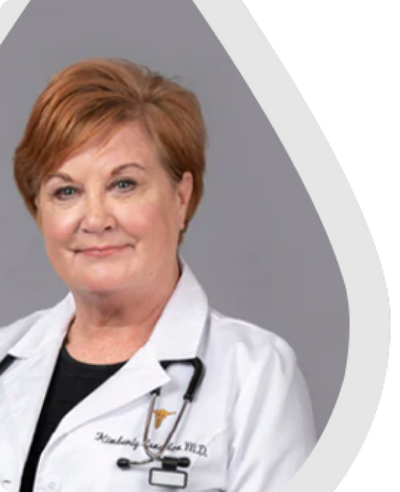


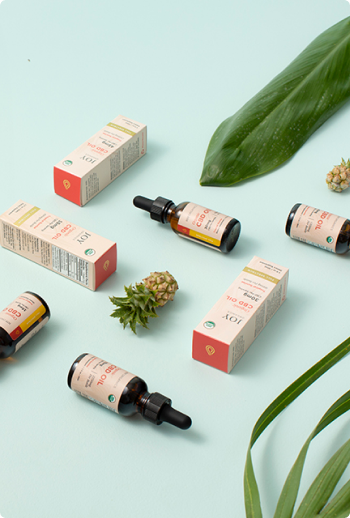

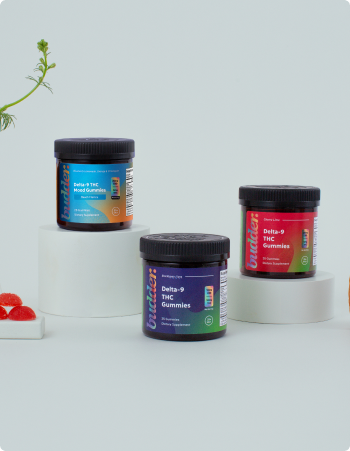








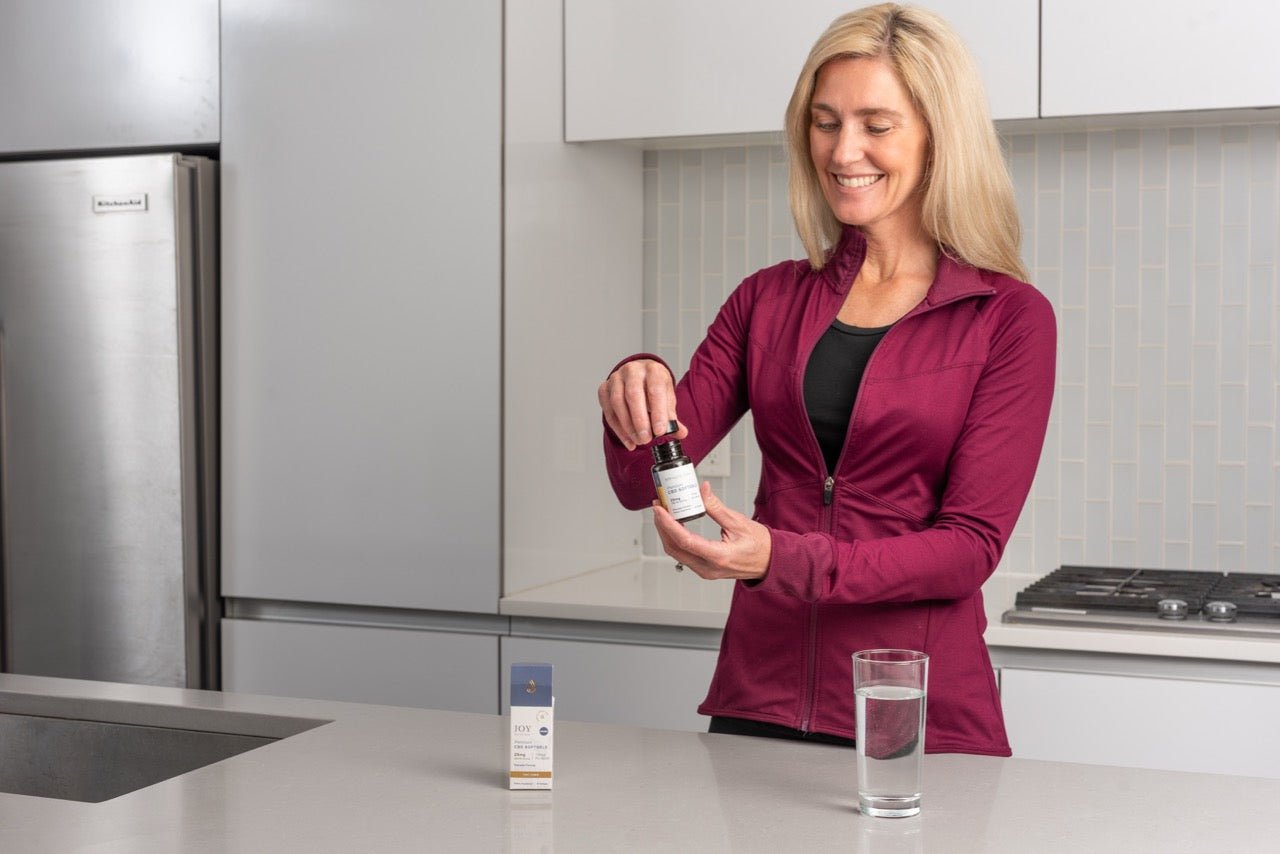

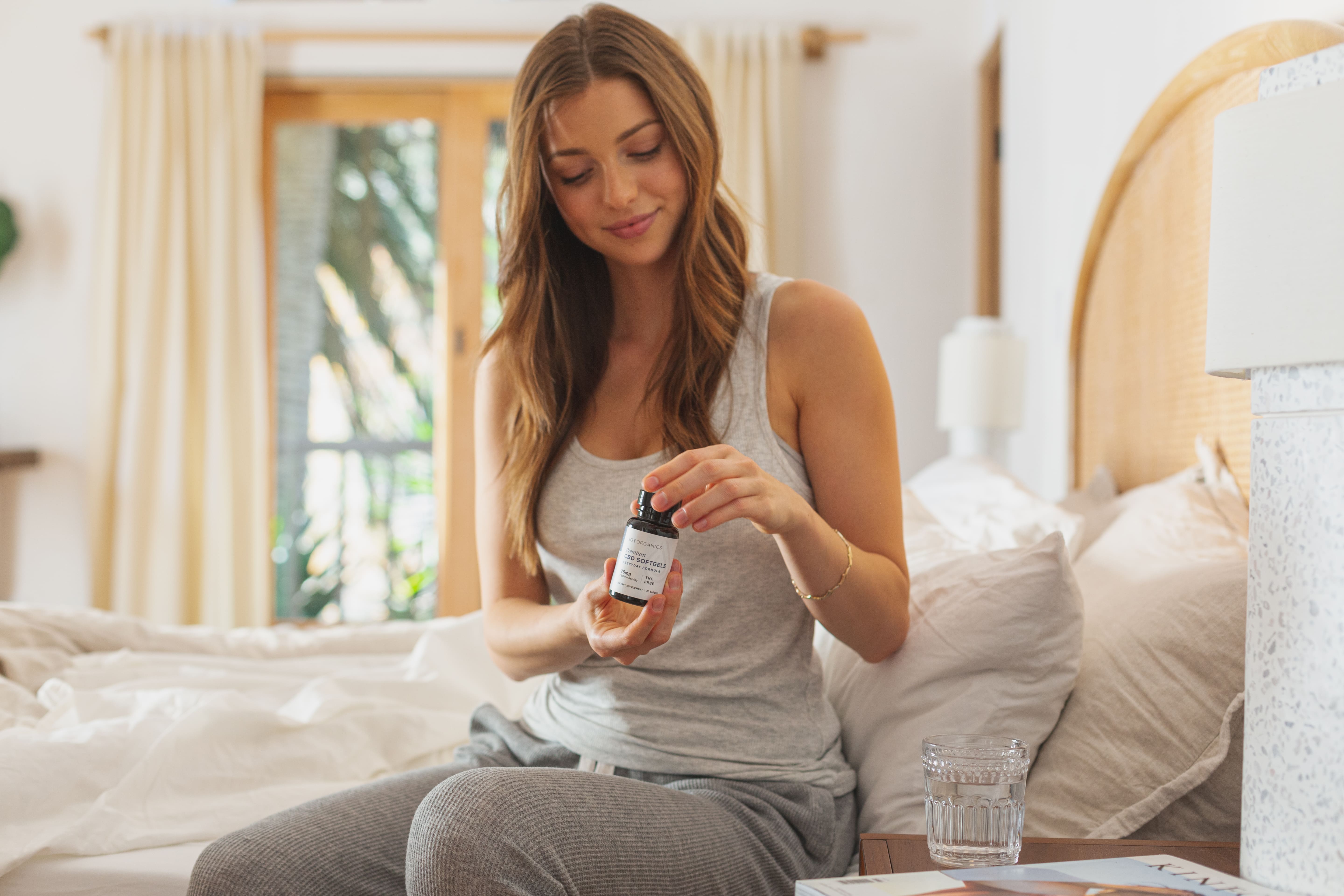


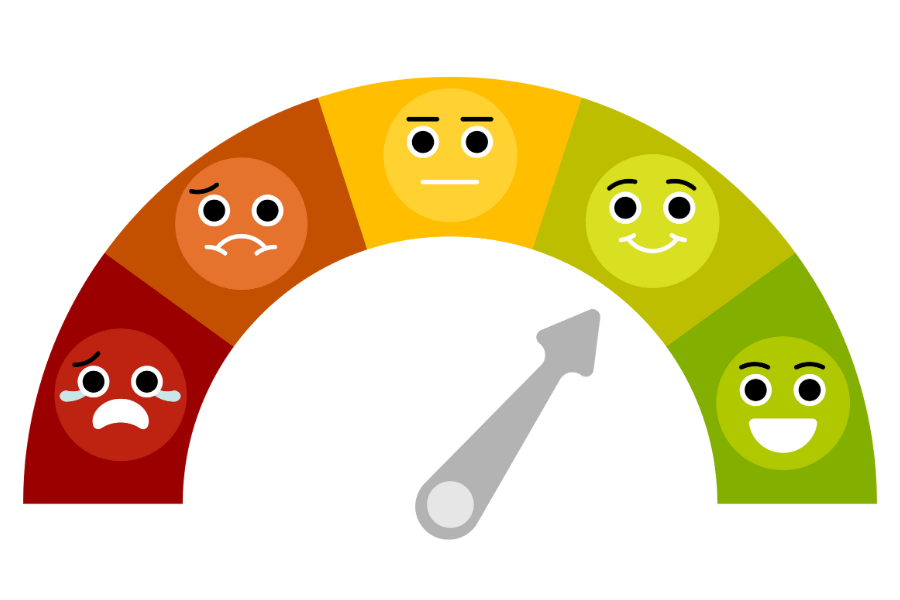

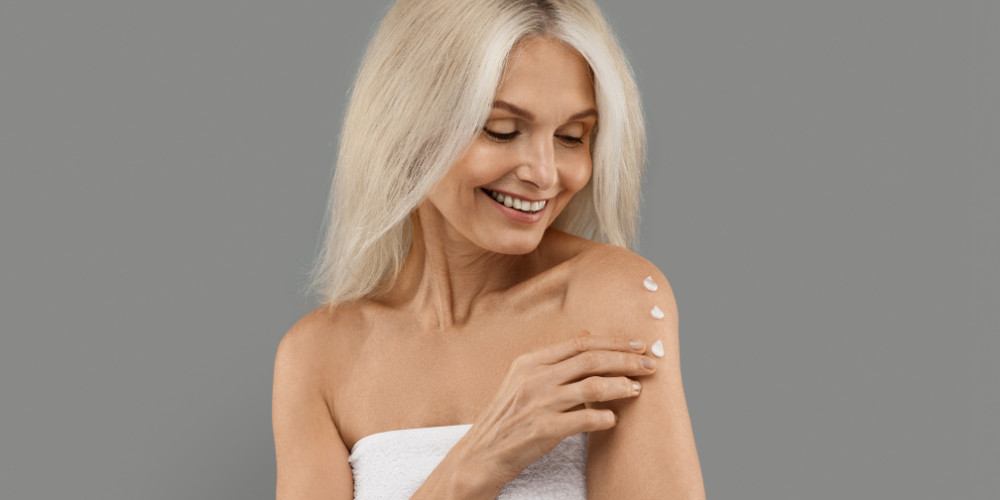
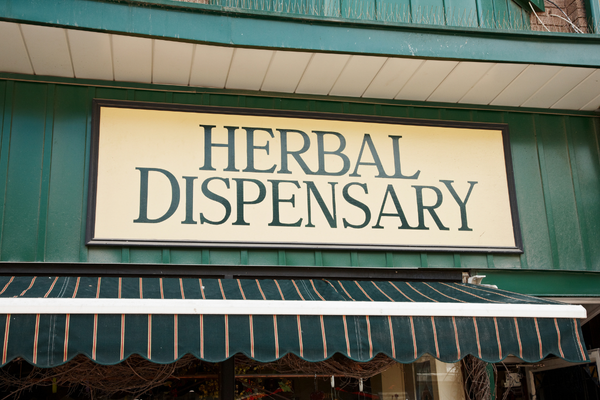



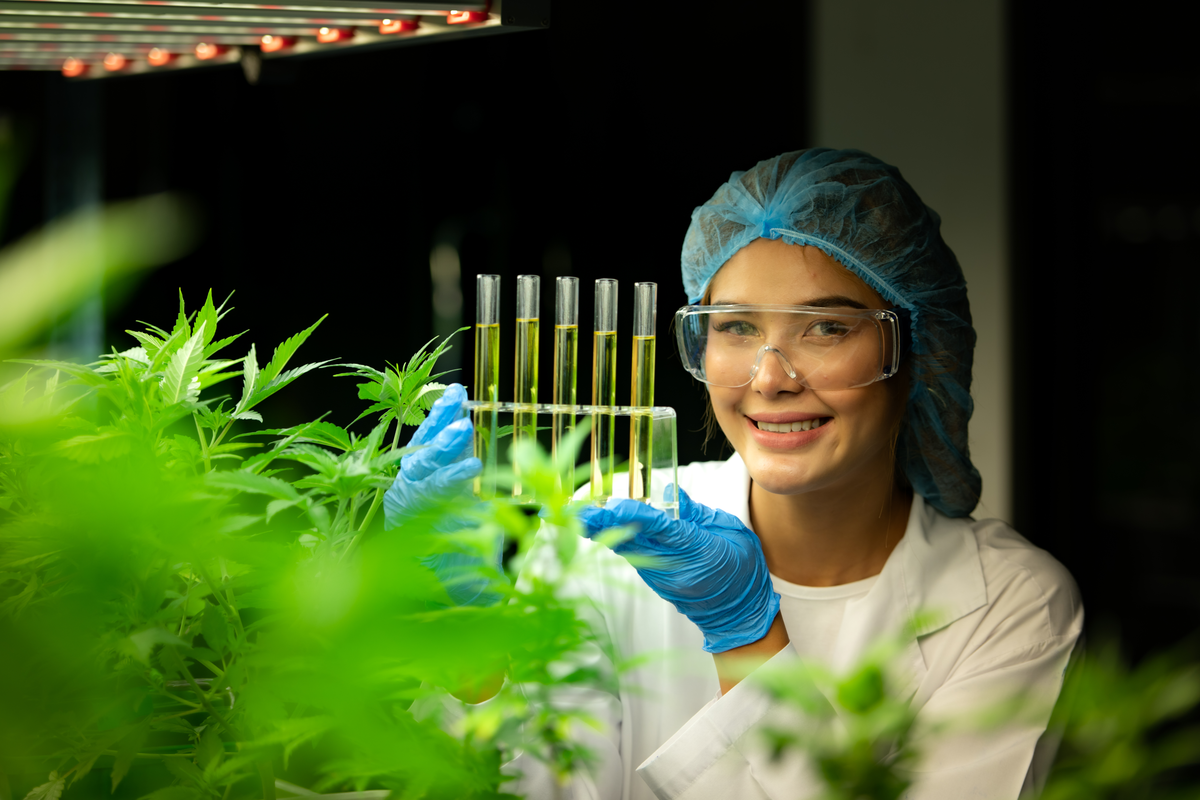

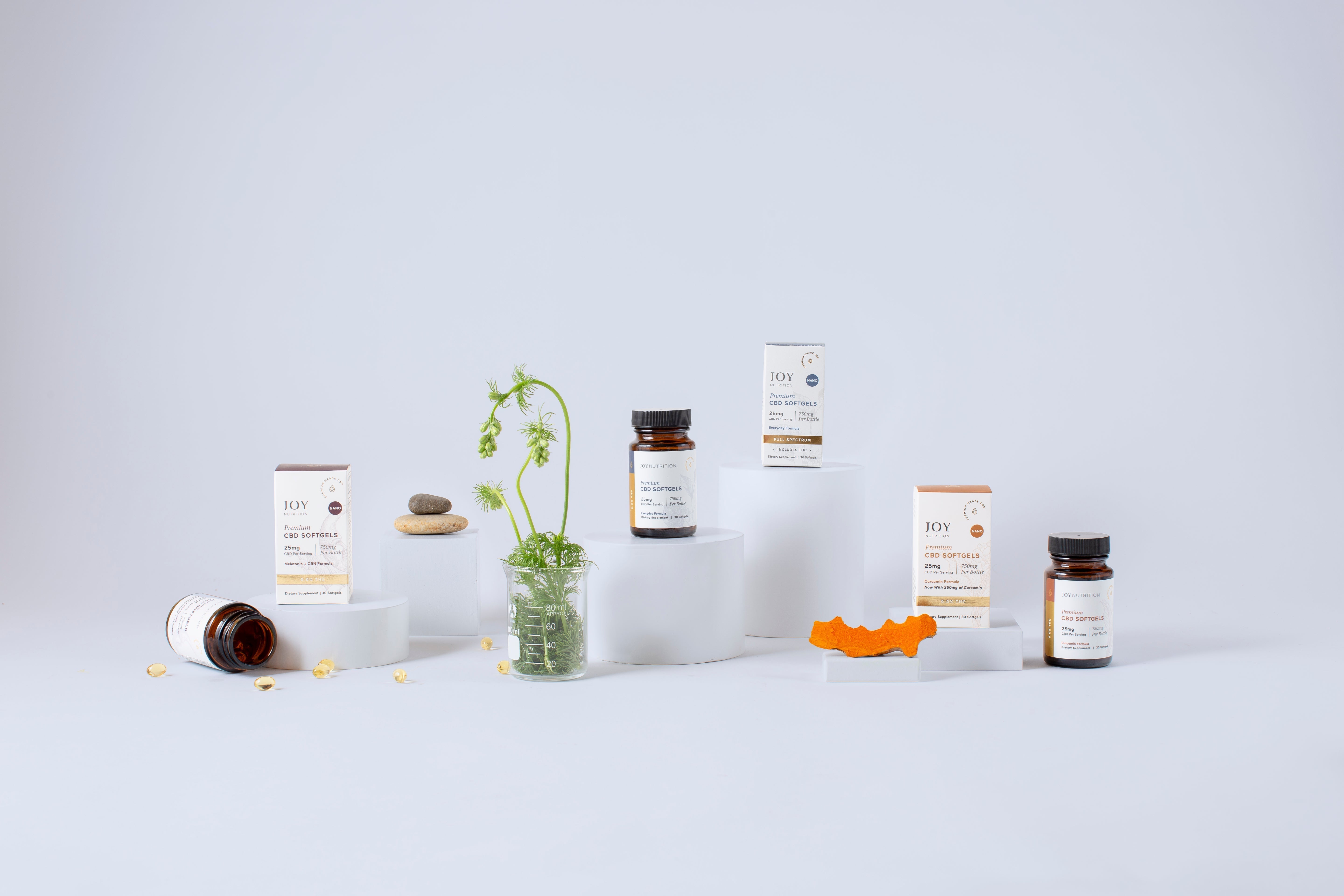
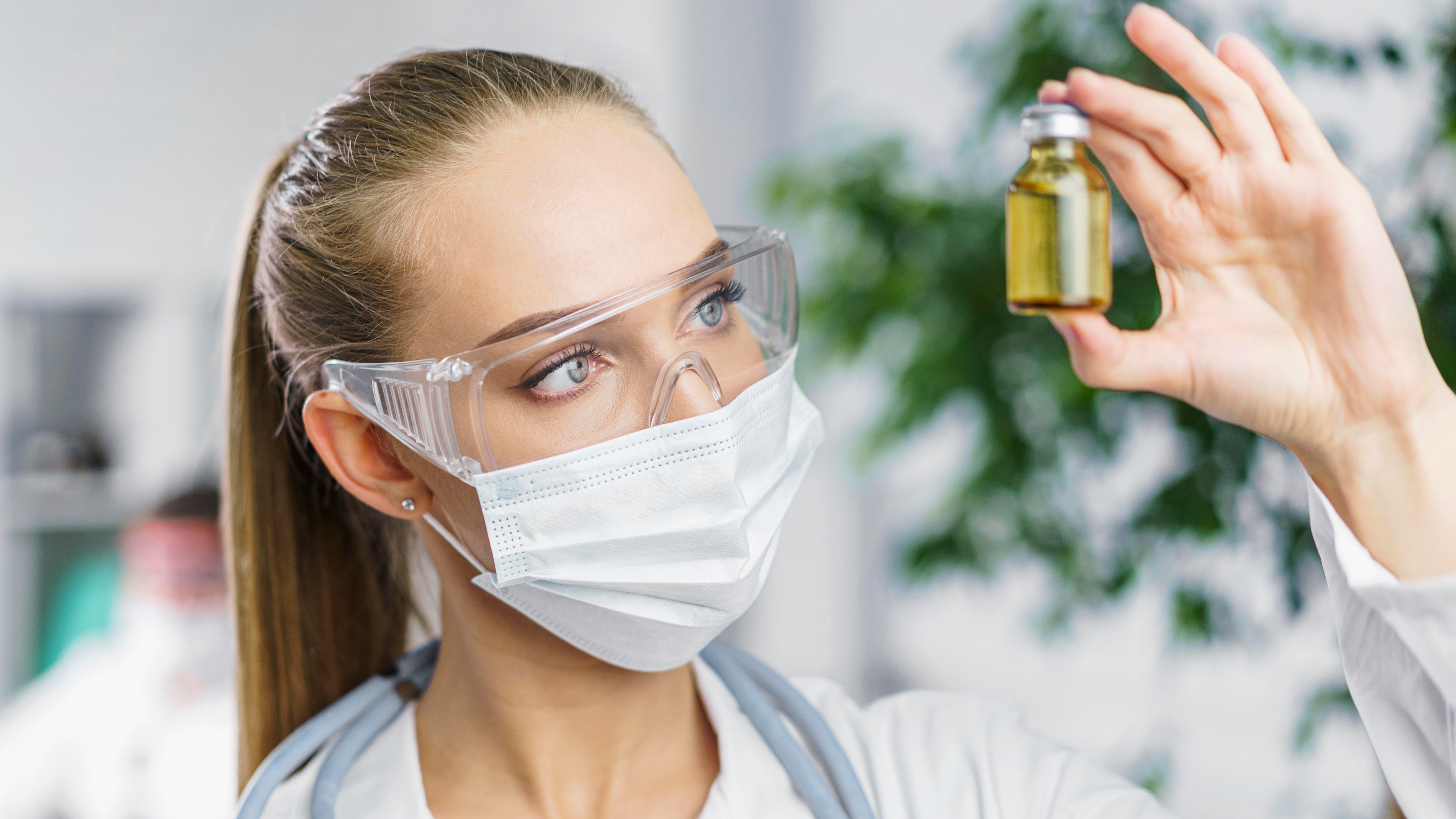


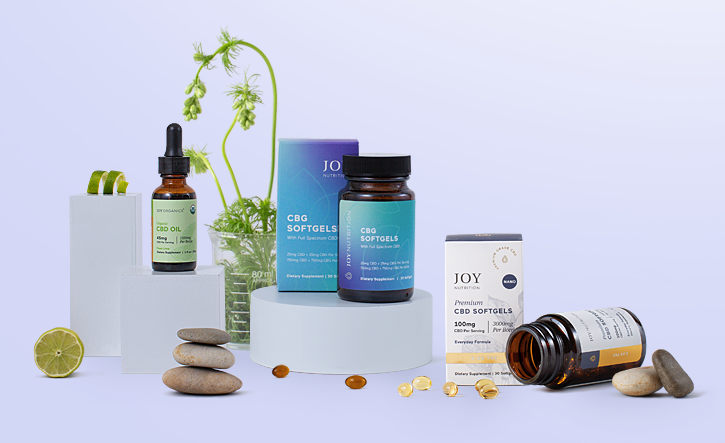

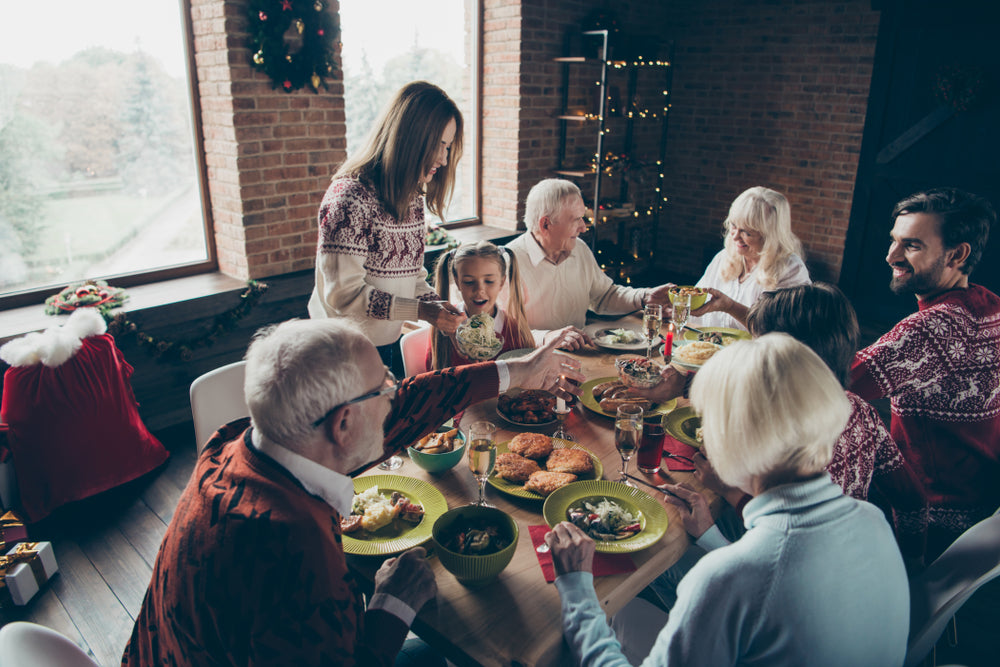
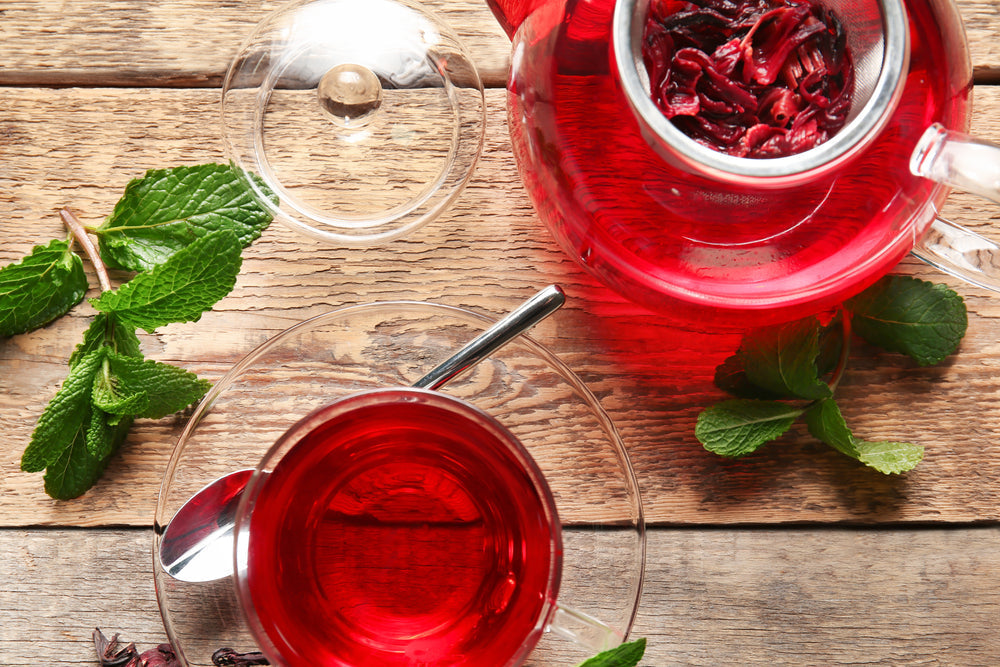

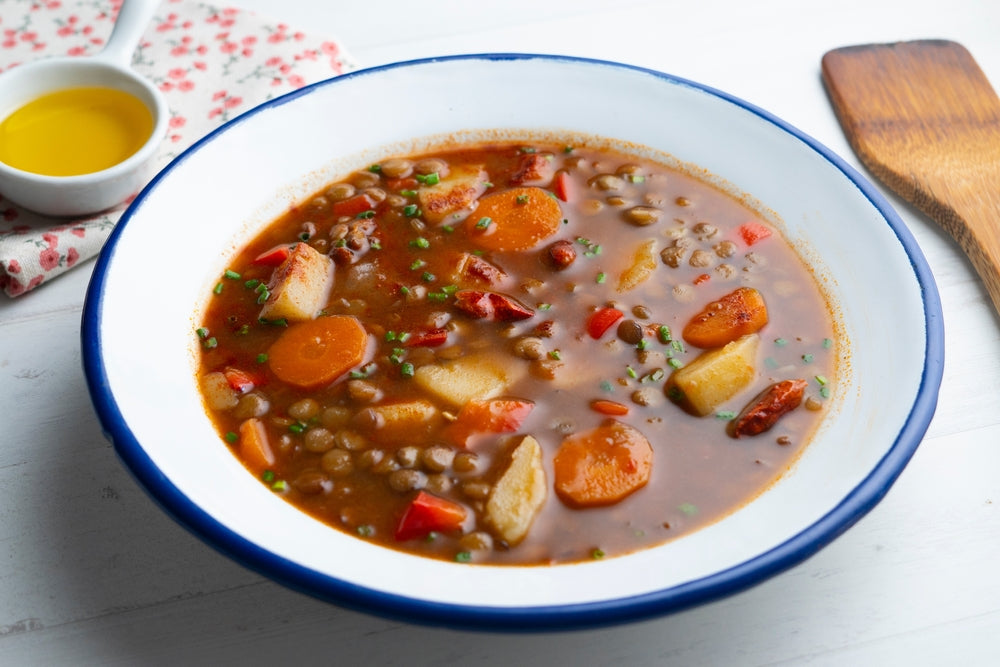


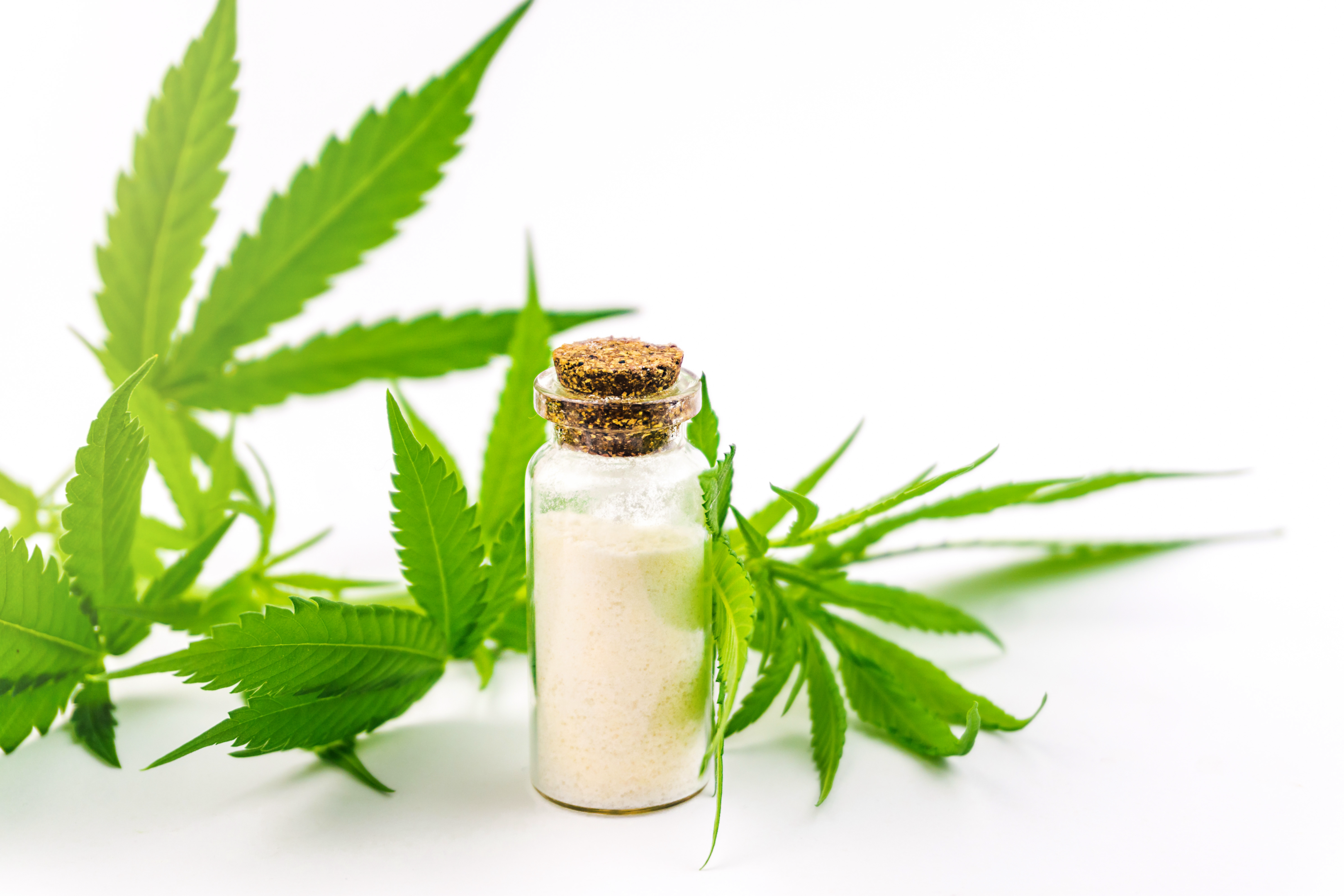
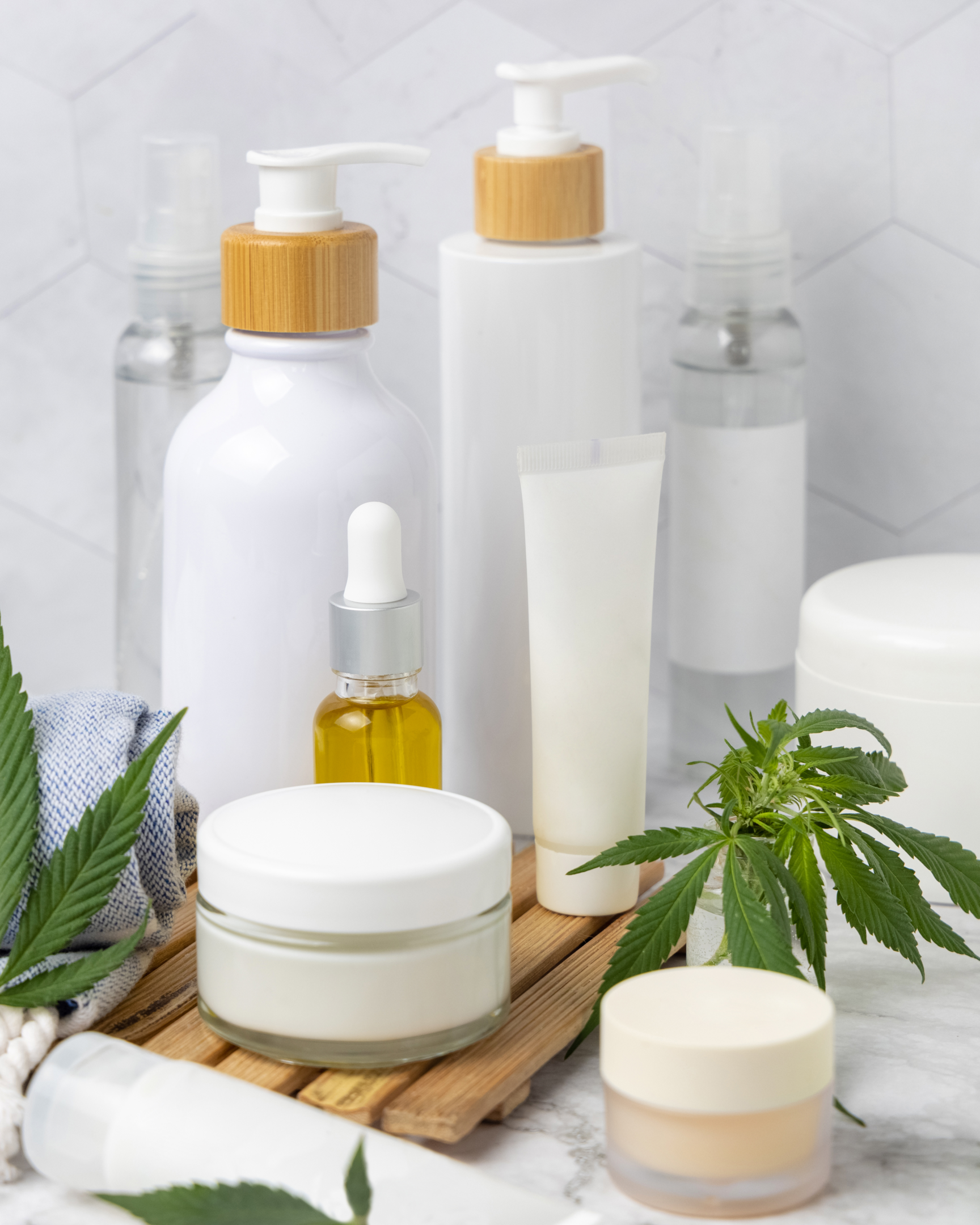
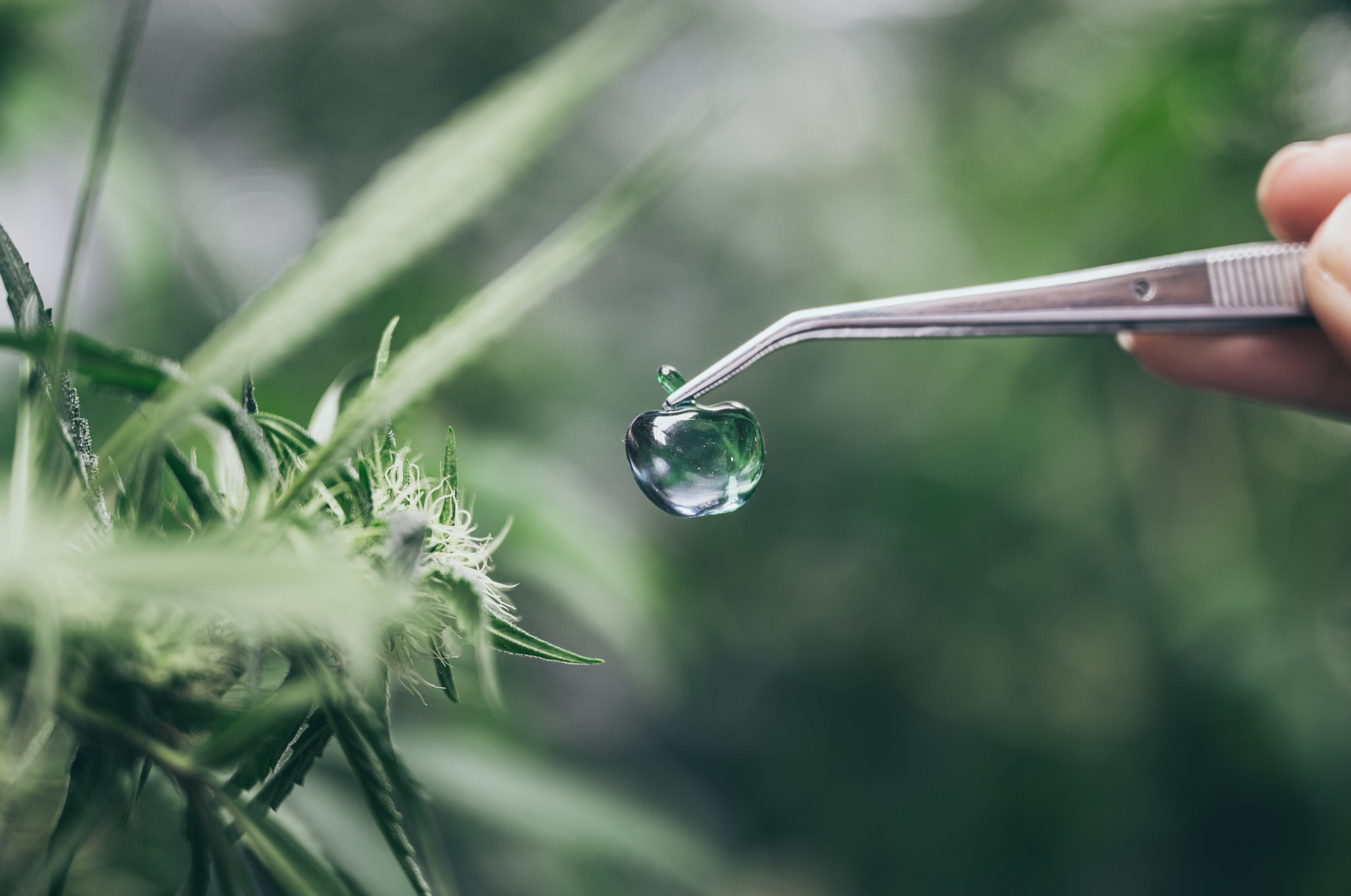
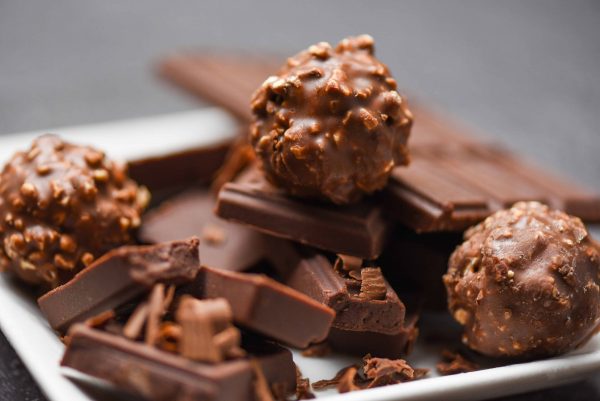
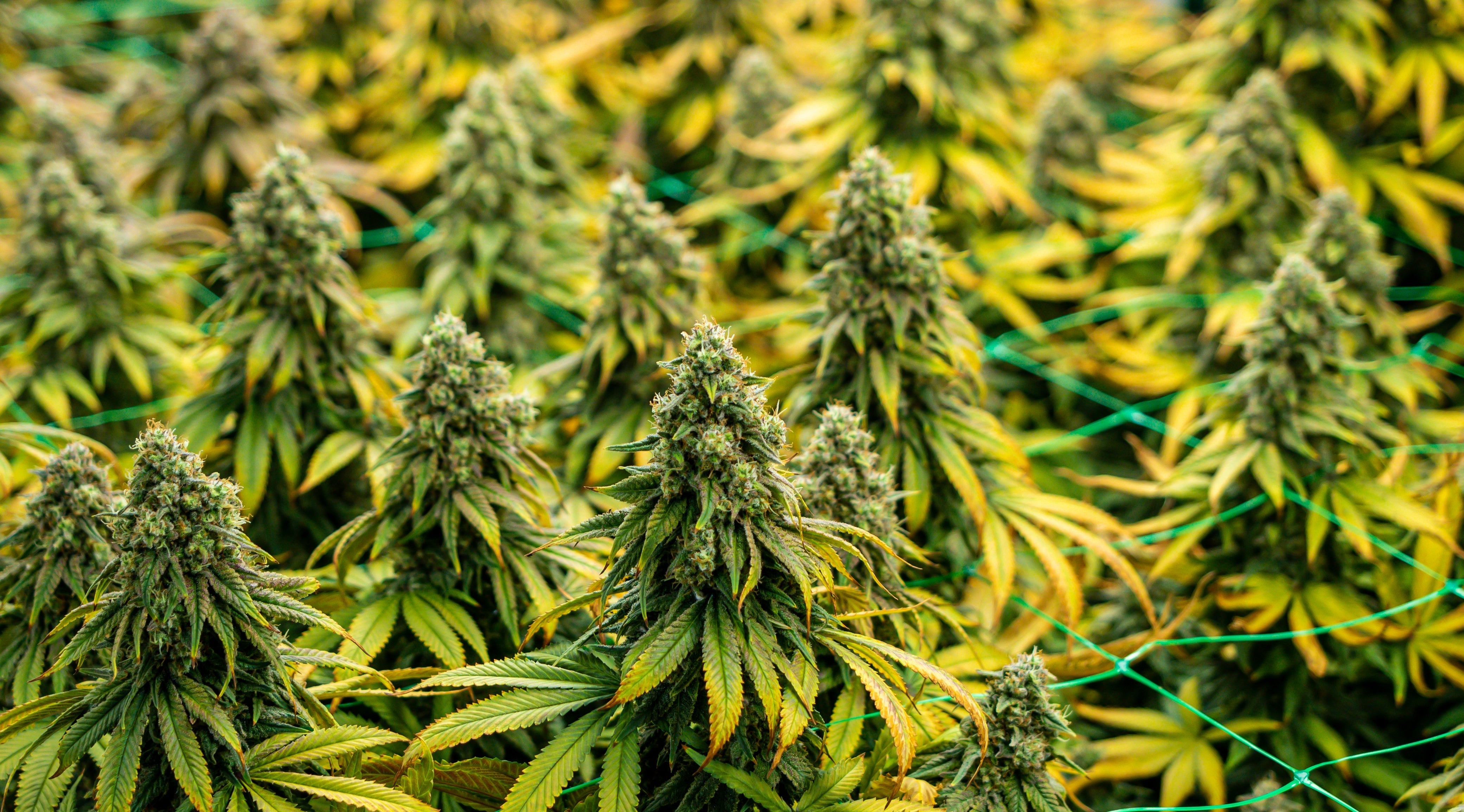
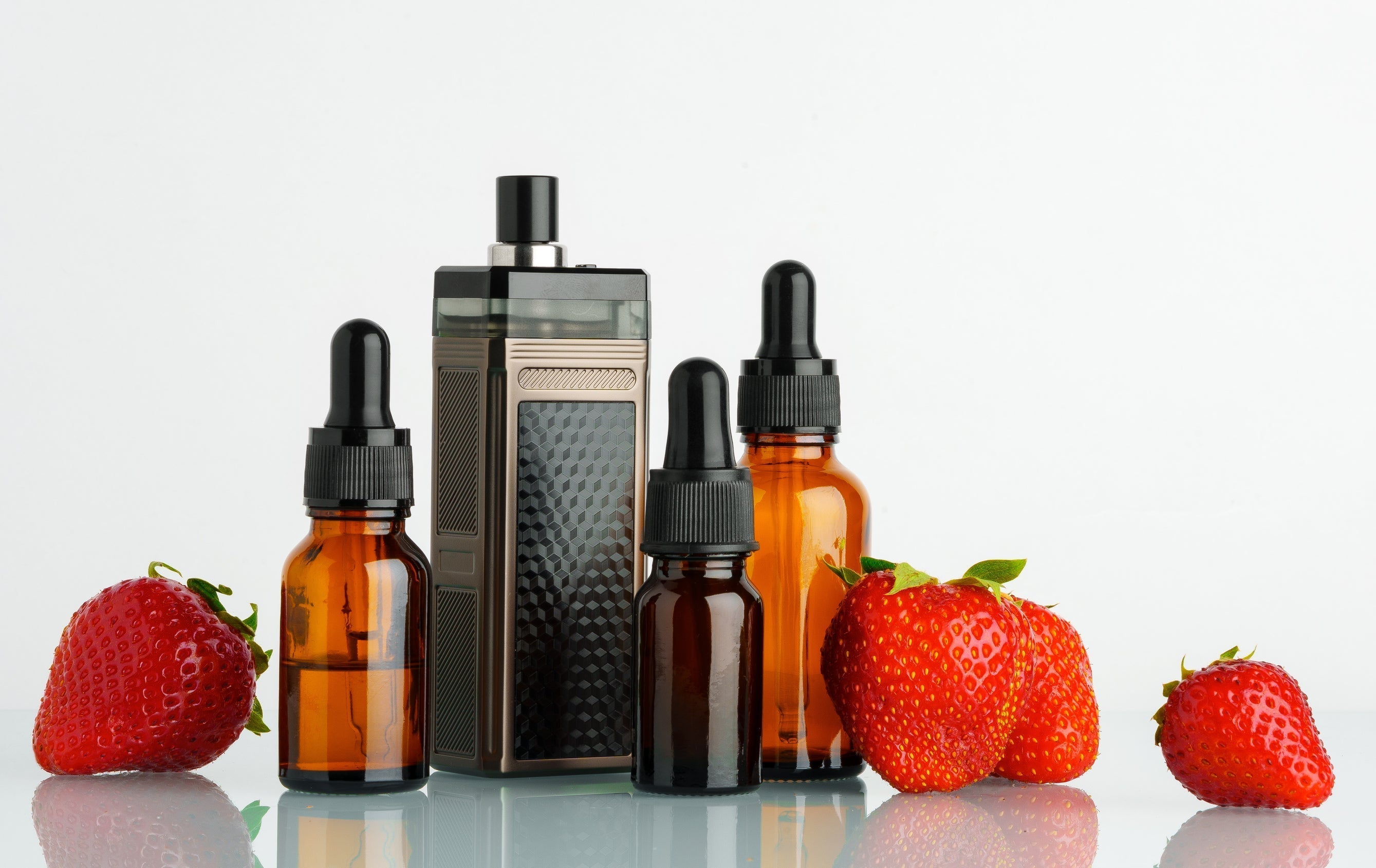
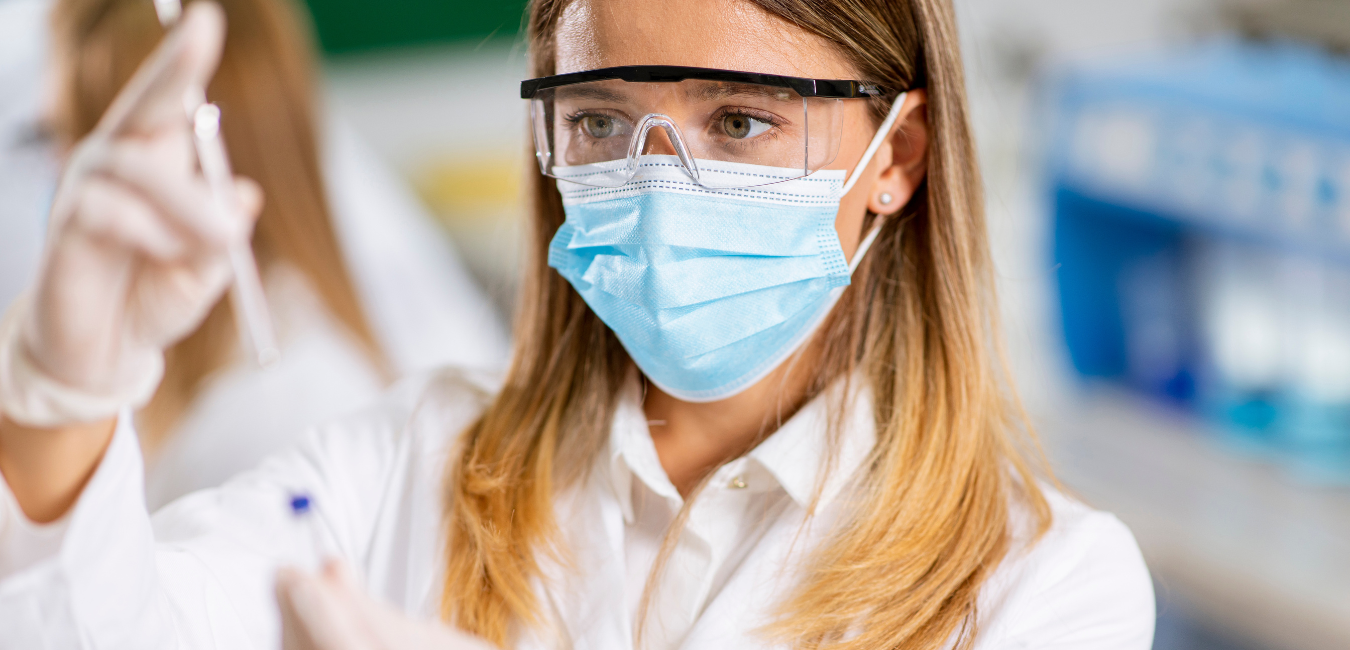
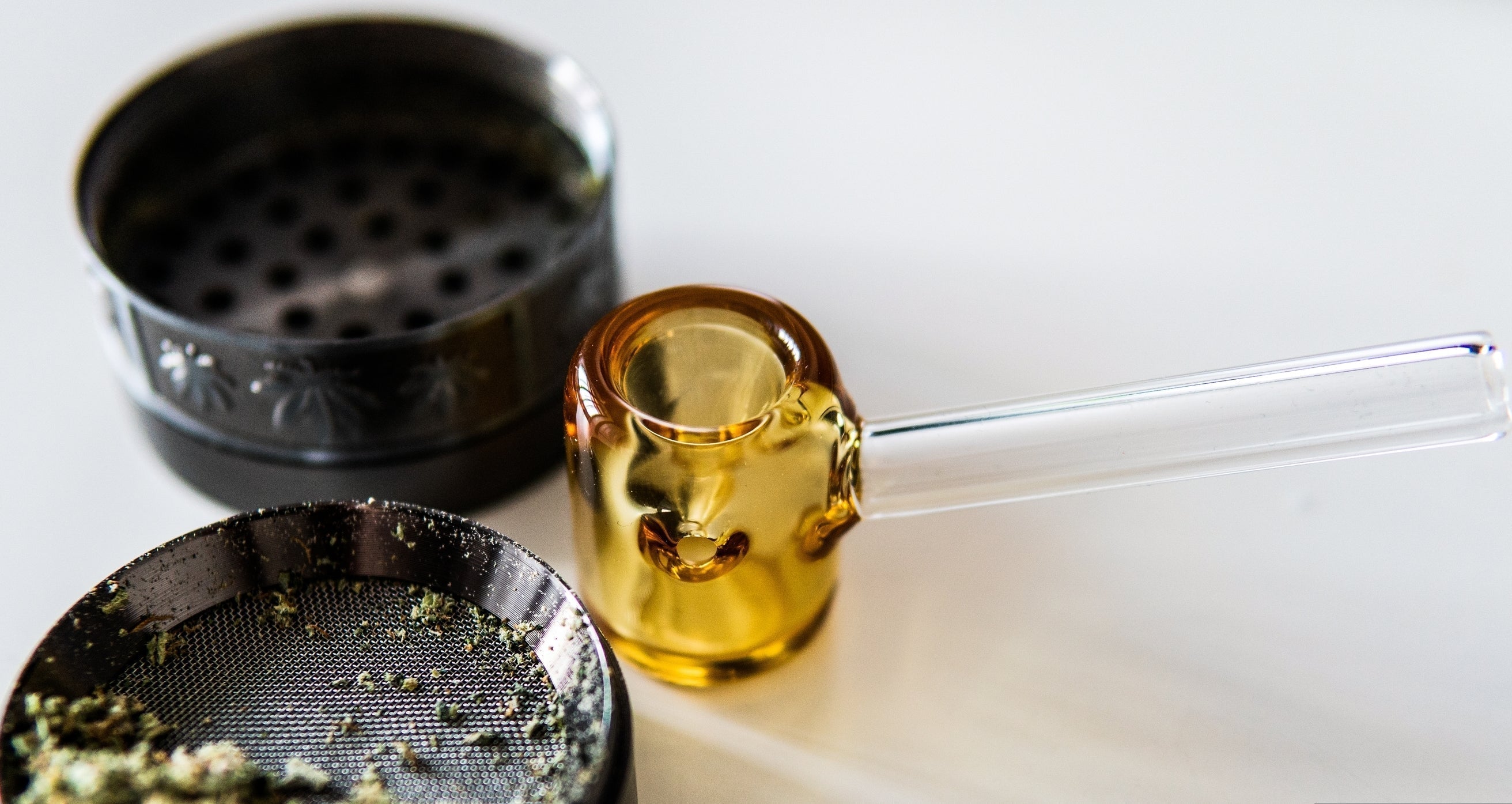
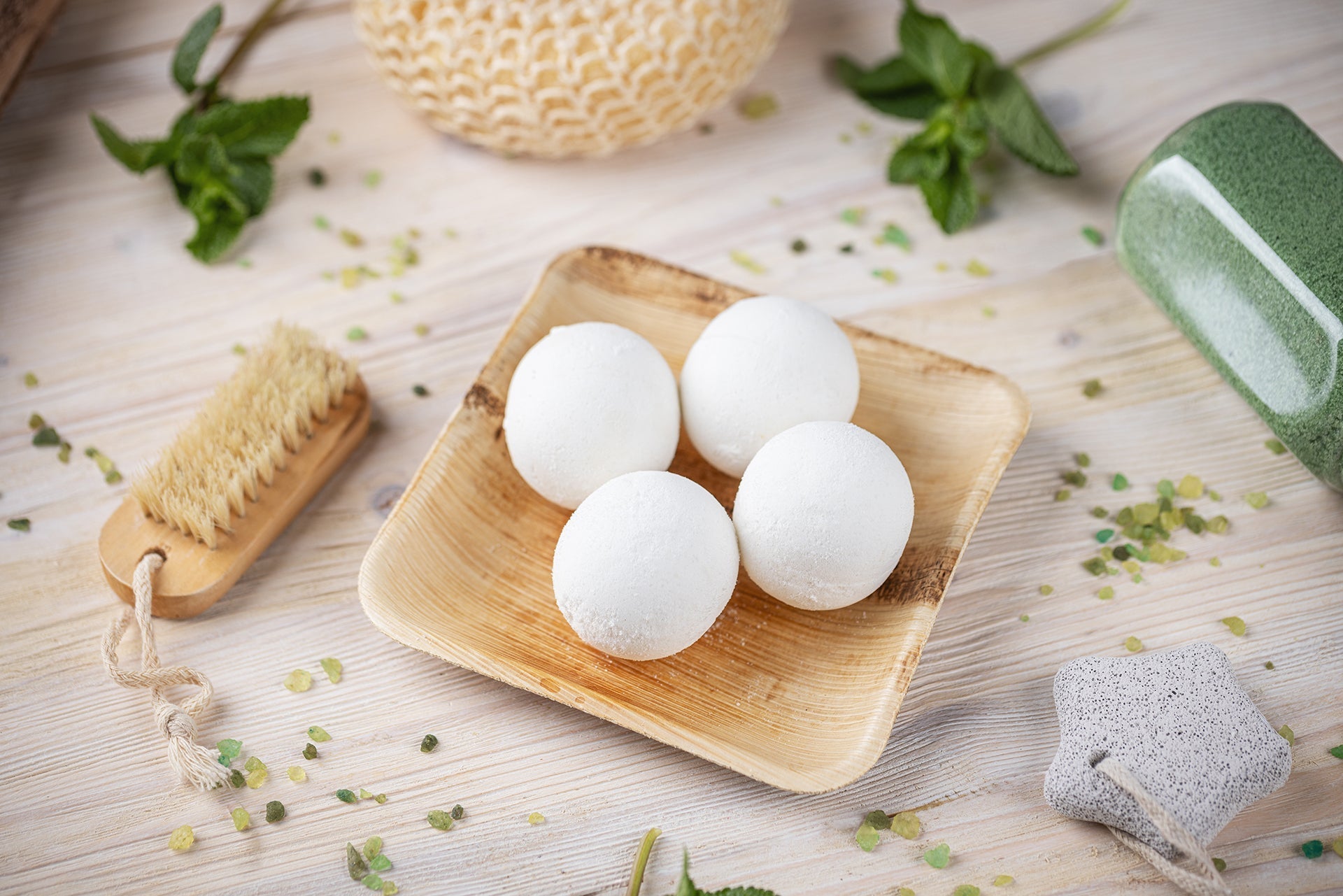
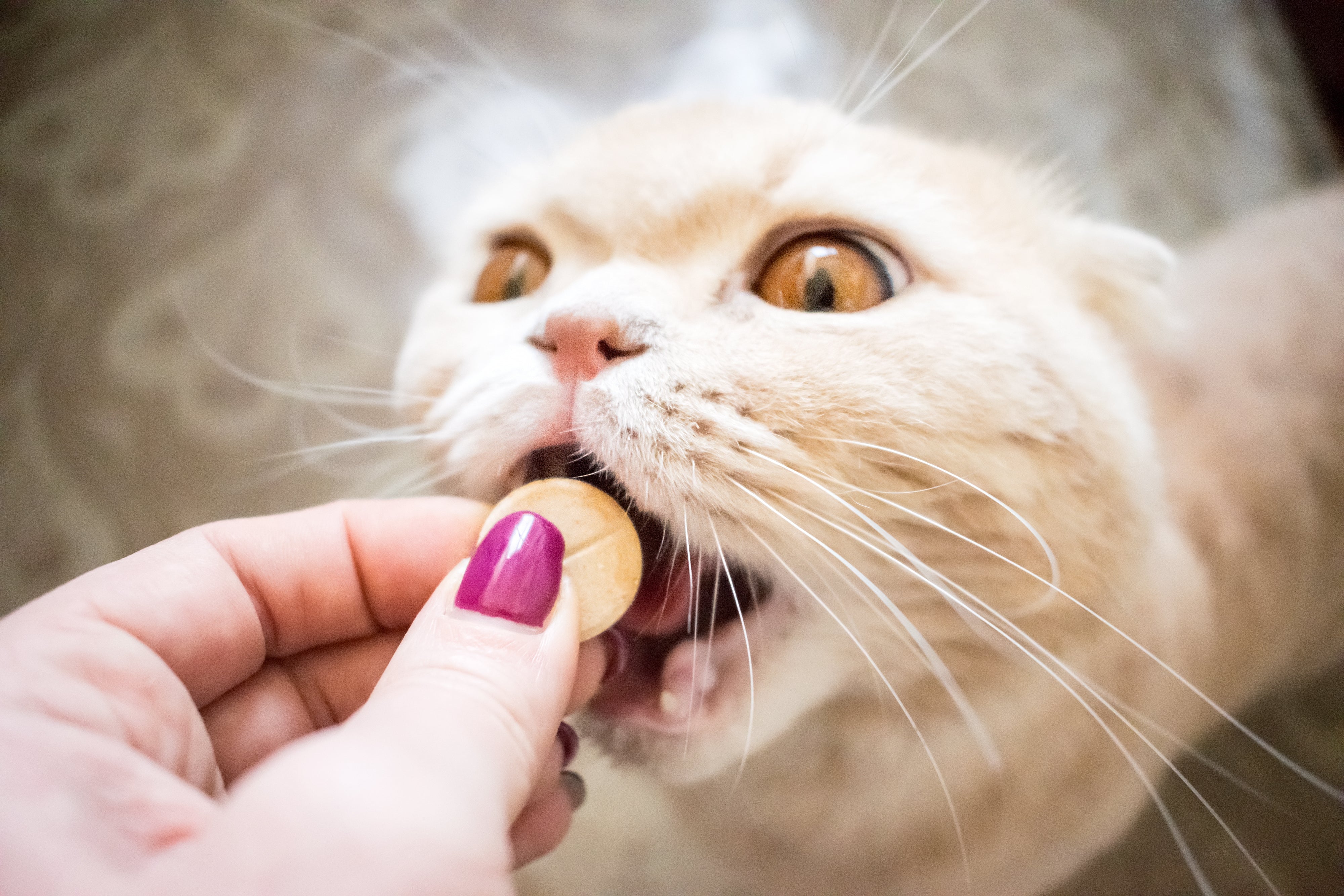

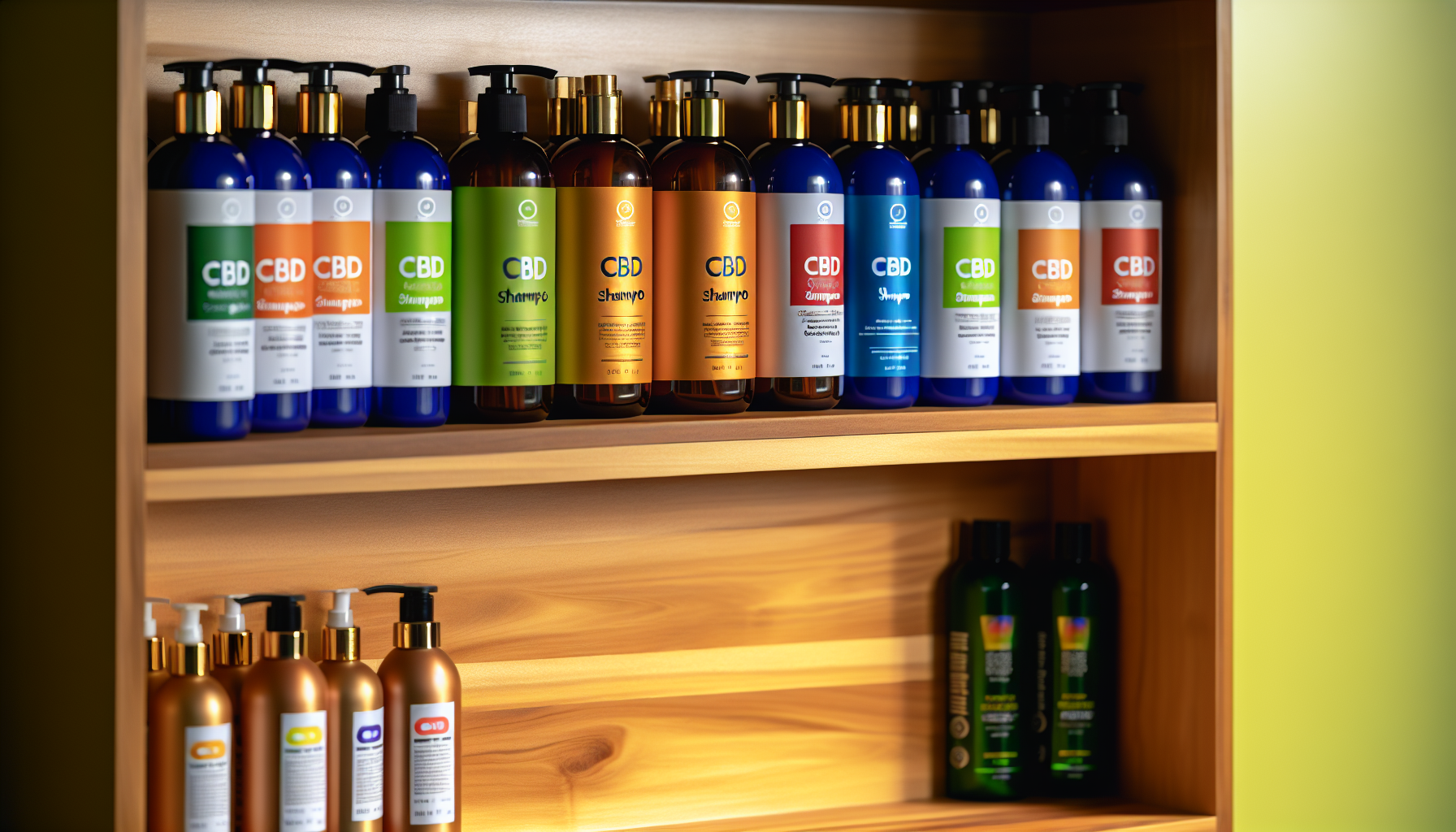
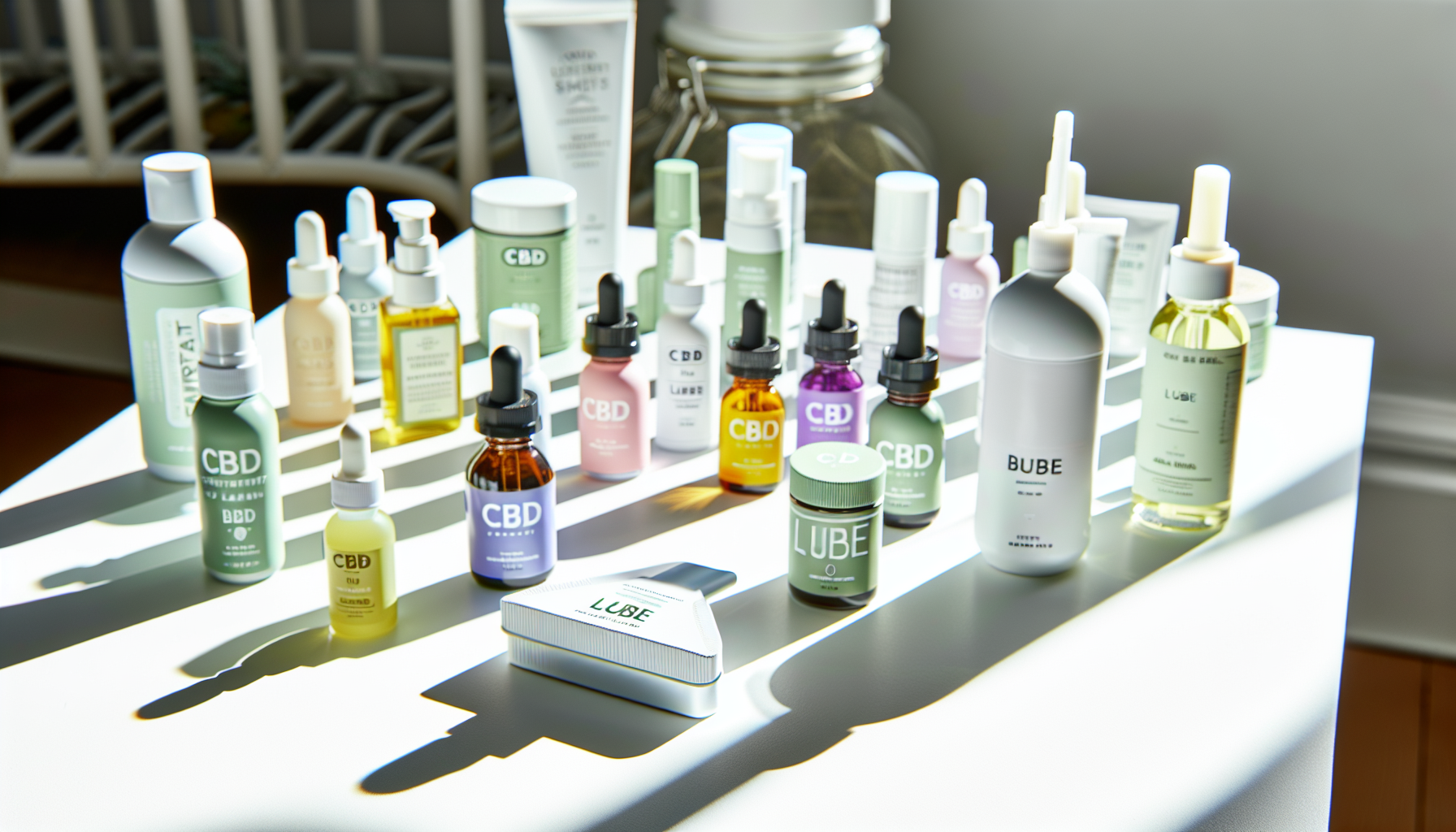
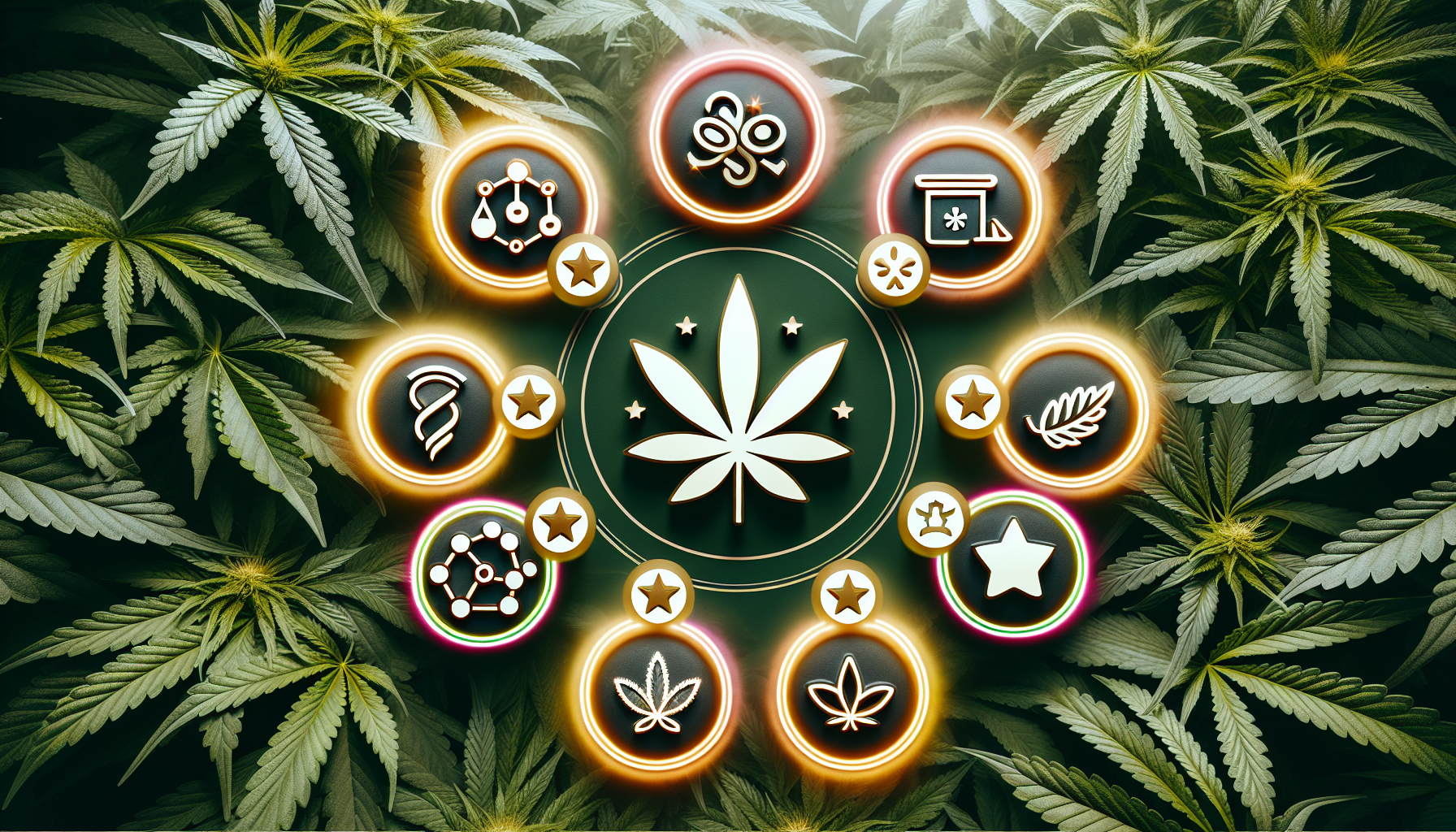
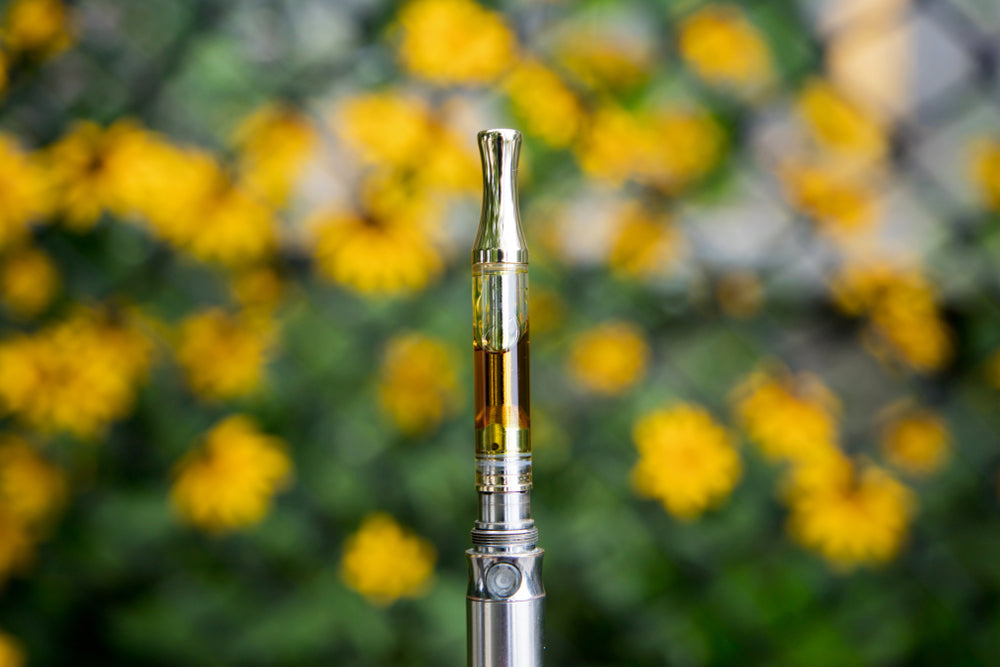
Join in on the Conversation
Your email address will not be published. Once your comment is approved, it will be published.